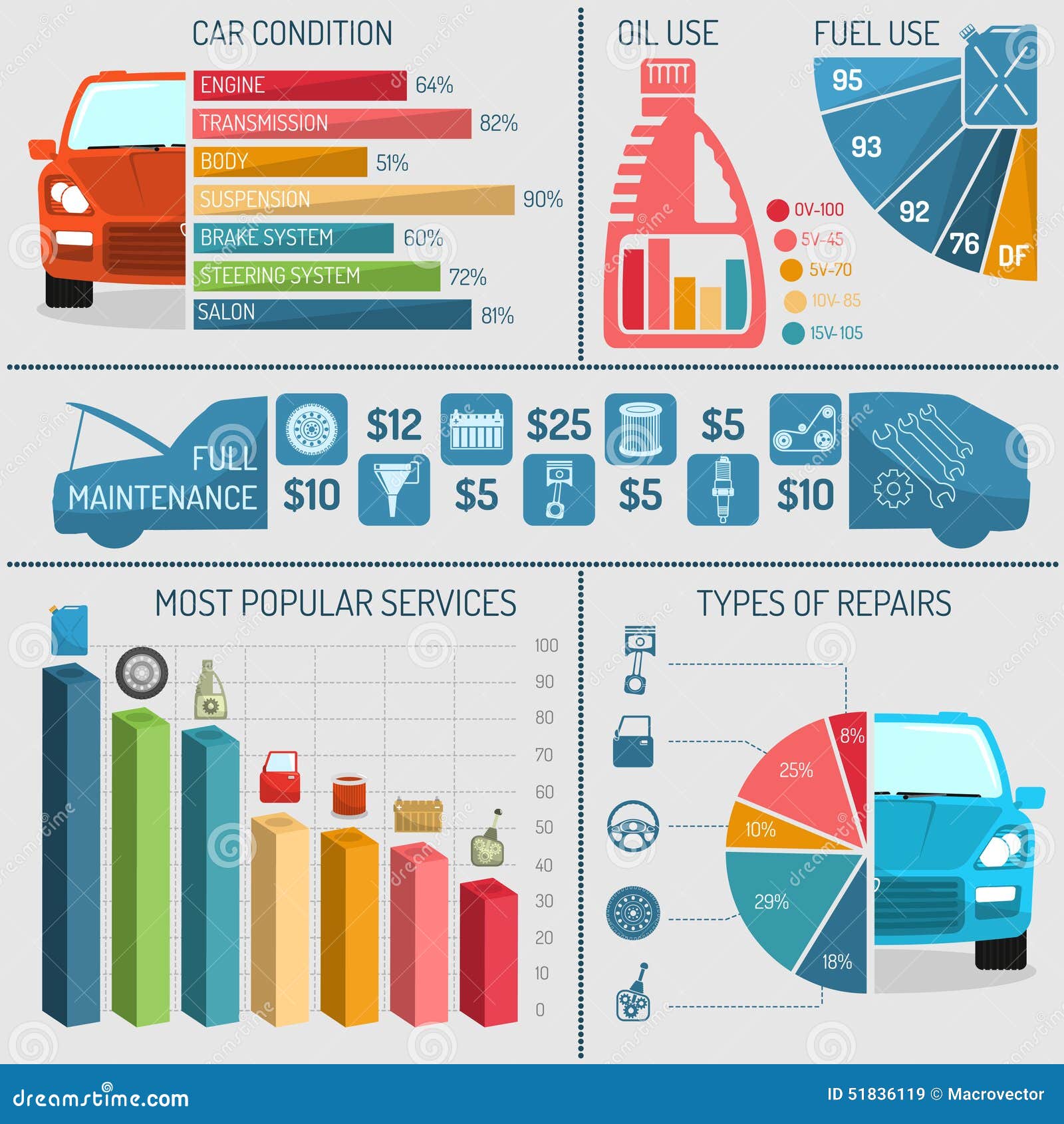Analyzing Your Vehicle'S Alert Lighting: Their Real Ramifications
Analyzing Your Vehicle'S Alert Lighting: Their Real Ramifications
Blog Article
Material Writer-Sykes Dalgaard
When you lag the wheel, those radiant warning lights on your control panel can be a bit puzzling. Do https://angelomicxq.kylieblog.com/31718985/important-devices-that-every-automobile-repair-facility-must-include recognize what they're trying to tell you about your cars and truck's health and wellness? Recognizing the relevance of these lights is vital for your safety and security and the long life of your vehicle. So, the next time among those lights pops up, would not you want to understand its message properly and take the essential steps to resolve it?
Common Caution Lighting and Interpretations
Determine typical caution lights in your cars and truck and comprehend their significances to ensure risk-free driving.
One of the most typical warning lights consist of the check engine light, which indicates problems with the engine or emissions system. If this light begins, it's critical to have your lorry inspected quickly.
The oil stress alerting light indicates reduced oil pressure, needing prompt attention to stop engine damages.
A flashing battery light might recommend a defective billing system, possibly leaving you stranded otherwise addressed.
vehicle detailers near me tracking system (TPMS) light notifies you to reduced tire stress, impacting lorry stability and fuel performance. Disregarding this might lead to hazardous driving problems.
The ABS light indicates a trouble with the anti-lock braking system, compromising your ability to quit rapidly in emergency situations.
Finally, the coolant temperature cautioning light warns of engine getting too hot, which can lead to serious damage if not solved quickly.
Recognizing these common warning lights will aid you attend to problems immediately and preserve risk-free driving problems.
Value of Prompt Interest
Comprehending the usual caution lights in your auto is only the initial step; the value of quickly dealing with these warnings can't be highlighted sufficient to ensure your security on the road.
When a caution light illuminates on your dashboard, it's your car's means of interacting a prospective problem that requires focus. Overlooking these cautions can lead to more serious problems in the future, compromising your safety and security and potentially costing you extra out of commission.
Prompt attention to advising lights can stop malfunctions and mishaps. As an example, a flashing check engine light can indicate a misfire that, if left ignored, could cause damages to the catalytic converter. Resolving this without delay can save you from an expensive repair work.
Likewise, a brake system alerting light could signal low brake fluid or worn brake pads, critical parts for your safety and security when driving.
Do It Yourself Troubleshooting Tips
If you see a warning light on your control panel, there are a few DIY troubleshooting ideas you can try before seeking specialist help.
The very first step is to consult your cars and truck's manual to understand what the particular warning light suggests. In some cases the problem can be as easy as a loosened gas cap triggering the check engine light. Tightening up the gas cap might deal with the trouble.
One more common issue is a reduced battery, which can set off numerous alerting lights. Inspecting the battery connections for corrosion and ensuring they're secure might repair the problem.
If a caution light continues, you can try resetting it by separating the car's battery for a couple of minutes and then reconnecting it. In addition, examining your car's liquid degrees, such as oil, coolant, and brake liquid, can help fix cautioning lights connected to these systems.
Final thought
Finally, recognizing your vehicle's caution lights is vital for maintaining your automobile running smoothly and safely. By without delay dealing with these informs and knowing what they imply, you can stay clear of costly fixings and possible failures.
Keep in mind to consult your automobile's guidebook for specific information on each warning light and take action accordingly to make sure a trouble-free driving experience.
Stay educated, remain safe when traveling!
